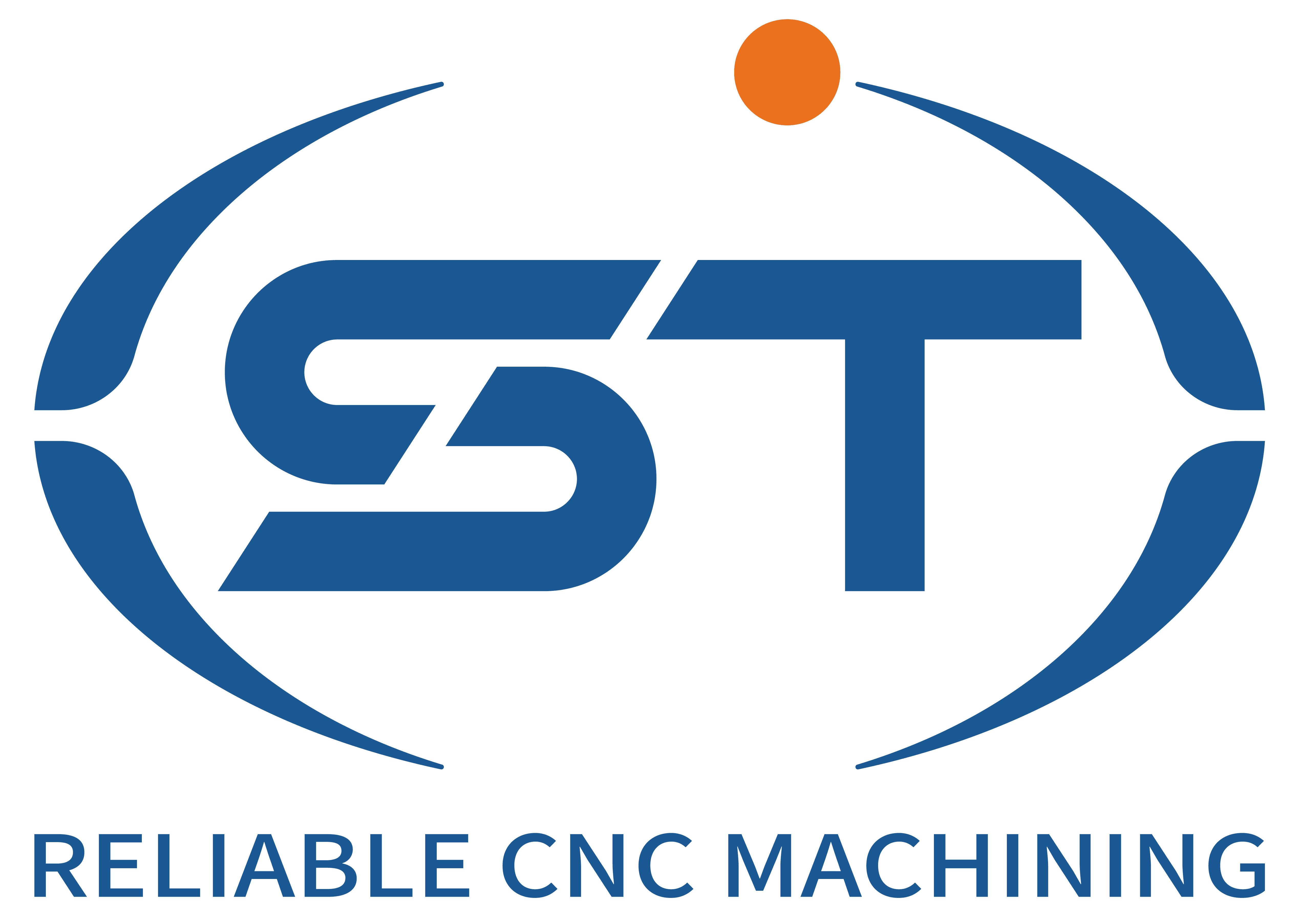Impact of Automotive Lightweighting on , ваш успех - наш приоритет. С круглосуточной командой, реагирующей 24/7, мы гарантируем ответ в течение 4 часов на любой запрос, гарантируя, что ваши проекты идут по плану. Независимо от того, нужен ли вам расчет, техническая поддержка или индивидуальные решения, наши сертифицированные по ISO эксперты предоставляют надежный комплексный сервис, адаптированный под ваши потребности. of Components
The automotive industry’s shift toward lightweighting—reducing vehicle weight to improve fuel efficiency and reduce emissions—has profoundly influenced CNC machining processes. As manufacturers prioritize materials like aluminum alloys, high-strength steel, and advanced composites, CNC operations must adapt to new challenges and opportunities. Below, we explore how lightweighting reshapes machining strategies, tooling requirements, and production workflows.
Содержание
ПереключениеMaterial-Specific Machining Challenges
Lightweight materials often exhibit distinct properties compared to traditional steel, demanding adjustments in CNC programming and tool selection. For instance, aluminum alloys, widely used in engine blocks and chassis components, are softer but prone to thermal distortion during high-speed machining. This requires optimized cutting speeds, coolant strategies, and rigid tooling to prevent workpiece deformation. Similarly, carbon fiber-reinforced polymers (CFRPs) demand specialized end mills with diamond coatings to avoid delamination and achieve precise edge finishes.
High-strength steels, another lightweighting staple, combine durability with reduced weight but introduce higher cutting forces. CNC machines must maintain stability under these conditions, often necessitating upgrades to spindles and drive systems. Additionally, the tendency of these materials to generate built-up edge (BUE) on cutting tools requires frequent tool changes or advanced coatings to sustain part quality.
Enhanced Precision Requirements for Complex Geometries
Lightweight designs frequently incorporate intricate shapes to maximize structural efficiency while minimizing mass. Components like lattice-structured battery trays or hollow suspension arms rely on CNC machining to achieve tight tolerances in hard-to-reach areas. Five-axis machines are increasingly critical here, enabling simultaneous multi-sided machining without repositioning the workpiece. This reduces setup errors and ensures consistency across complex contours.
Surface finish quality also becomes paramount. Lightweight parts often serve as structural or thermal interfaces, where roughness can compromise performance. CNC operators must fine-tune parameters like feed rates and stepovers to balance productivity with surface integrity. In some cases, post-machining processes like polishing or anodizing are integrated into workflows to meet specifications.
Tooling Innovations to Support Lightweight Materials
The rise of lightweighting has spurred advancements in cutting tool technology. For aluminum machining, tools with polished flutes and optimized helix angles reduce chip adhesion and improve chip evacuation, preventing heat buildup. In CFRP processing, tools with specialized geometries—such as compression cutters or low-flute designs—minimize fiber pullout and subsurface damage.
Tool coatings play a equally vital role. Physical vapor deposition (PVD) coatings like TiAlN enhance wear resistance when machining high-strength steels, while diamond-like carbon (DLC) coatings extend tool life in abrasive composite materials. Manufacturers are also investing in modular tooling systems that allow quick adaptation to diverse material requirements, reducing downtime during material transitions.
Process Optimization Through Digitalization
Lightweighting’s complexity has accelerated the adoption of digital tools in CNC machining. Simulation software enables engineers to test cutting strategies virtually, identifying potential collisions or material deformation before production. This is particularly valuable for lightweight parts with thin walls or delicate features, where traditional trial-and-error methods would be costly and time-consuming.
Real-time monitoring systems further enhance efficiency. Sensors embedded in CNC machines track variables like vibration, temperature, and tool wear, triggering alerts when parameters drift outside optimal ranges. This data-driven approach reduces scrap rates and ensures lightweight components meet stringent quality standards. Additionally, AI-powered algorithms analyze historical data to recommend process improvements, such as adjusting spindle speeds for specific material batches.
The automotive lightweighting trend is reshaping CNC machining into a more adaptive, technology-driven discipline. As materials evolve and designs grow more sophisticated, manufacturers must continuously refine their machining strategies to balance speed, precision, and cost-effectiveness. This ongoing transformation underscores the importance of innovation in both hardware and software to meet the demands of next-generation vehicles.




